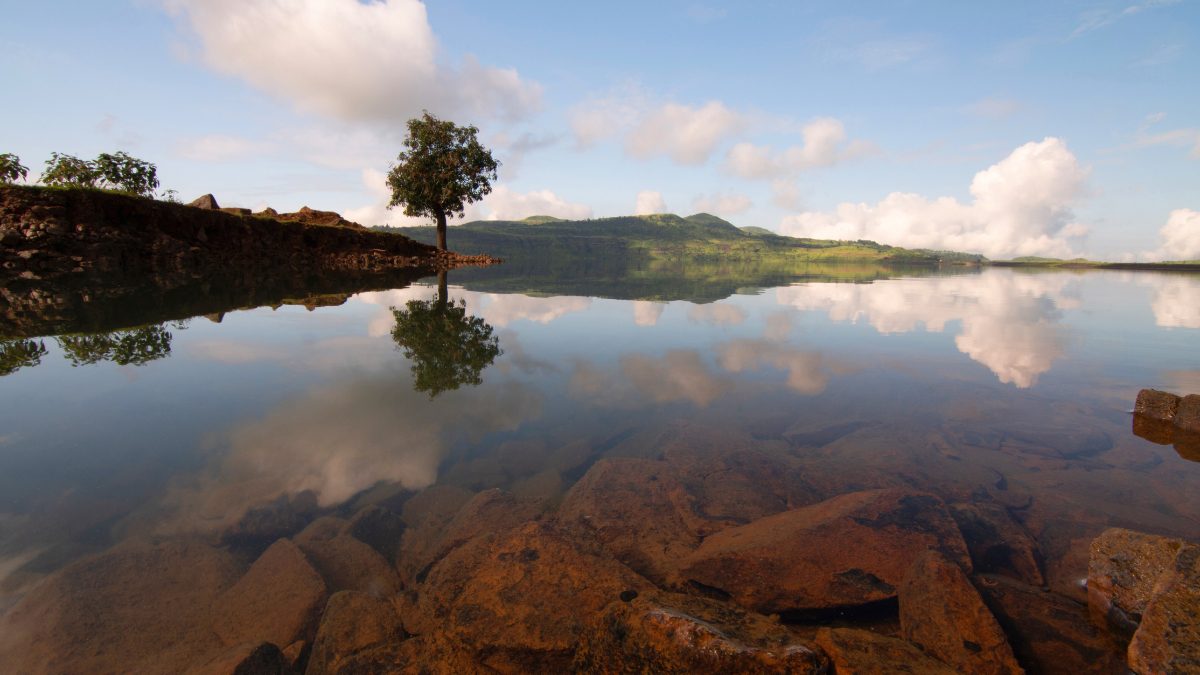In a remarkable turn of events, Mumbai’s lifeline—its water supply—has surged to new heights, thanks to the monsoon’s generous bounty. Despite the city experiencing only light showers, the collective water stock in the seven lakes that quench Mumbai’s thirst has soared to an impressive 80.45% capacity. This unforeseen boon comes after a worrisome dry spell in June, marking a significant milestone that promises relief and stability for the bustling metropolis.
Mumbai’s Lakes Reach 80% Capacity
🚰 मुंबईला पाणीपुरवठा करणाऱ्या ७ जलाशयांचा आज सकाळी ६ वाजेपर्यंतचा अहवाल
—
🚰 Report of water stock in the seven lakes, supplying water to Mumbai, till 6am today.#MumbaiRains #MyBMCUpdates pic.twitter.com/nV9ZUvQhO2— माझी Mumbai, आपली BMC (@mybmc) August 3, 2024
As of Friday morning, the combined water level in the seven lakes that supply Mumbai has reached 80.45% of its total capacity, according to New9 Live. Considering the recent sparse precipitation in the city, this accomplishment is especially noteworthy.
In the last month, four of the seven lakes—Vihar, Tansa, Modak Sagar, and Tulsi—have overflowed. After June’s dry spell, when lake levels dropped as low as 5%, there has been a spike in water levels. This good development is the result of heavy rains that have been falling since the second week of July, greatly replenishing the lakes.
The monsoon rains in July played a crucial role in refilling the lakes. Despite June being a dry month, these lakes’ catchment areas received a substantial amount of rainfall, which helped to maintain their current levels. The seven lakes—Tulsi, Vihar, Bhatsa, Modak Sagar, Tansa, Upper Vaitarna, and Middle Vaitarna—are dispersed throughout the districts of Thane, Nashik, and Mumbai. The monsoon season causes their catchment areas to overflow.
Also Read: Bengaluru-Mangaluru Highway NH75 Faces Immense Traffic Due To Fresh Landslips Near Sakleshpur
How Does It Affect The City?
⛈️Tulsi Lake, one of the 7 lakes that supplies water to Mumbai, has started overflowing at 8:30 am today (20th July 2024)#MumbaiRains #mybmcupdates pic.twitter.com/12b8040aH6
— माझी Mumbai, आपली BMC (@mybmc) July 20, 2024
The 10% water cut that was in place since June 29 has been lifted by the Brihanmumbai Municipal Corporation (BMC) due to the lakes having filled to over 80% capacity. By guaranteeing a more consistent water supply for the city, this offers Mumbai residents much-needed relief.
With only 53.22% capacity as of Friday, Upper Vaitarna is still at a three-year low, despite the generally good outlook, as per the News9 Live reports. This is substantially less than the 82% capacity in 2022 and less than the 56% capacity from the previous year. Compared to the other seven lakes, Bhatsa Lake has done better, operating at 79% capacity and providing Mumbai with almost 2,030 million litres of water per day.
As the monsoon season continues, further replenishment of these crucial water bodies is expected, which should help stabilise Mumbai’s water supply for the rest of the year.
Cover Image Courtesy: Canva
For more such snackable content, interesting discoveries and the latest updates on food, travel and experiences in your city, download the Curly Tales App. Download HERE. First Published: August 03, 2024 12:21 PM




